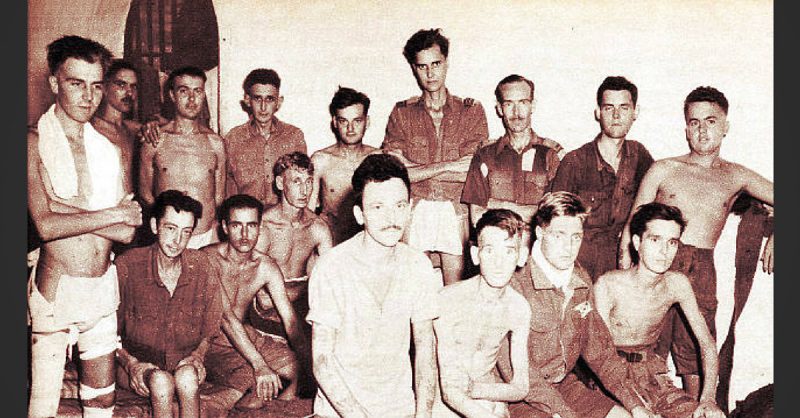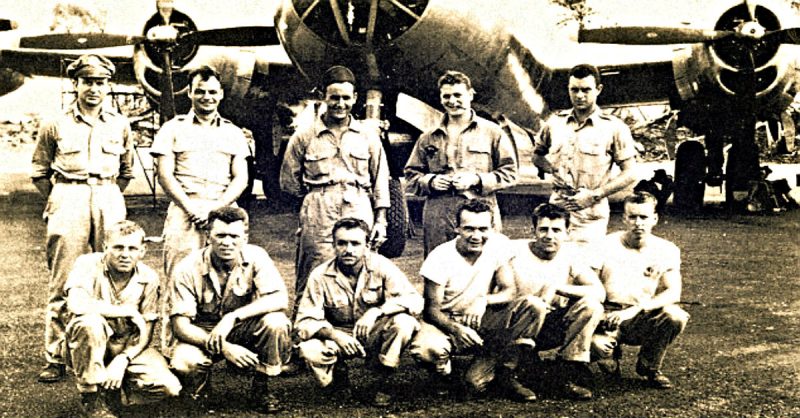
For the first time, the medical school of Kyushu University publicly admits that the said institution’s medical personnel carried out a series of morbid experiments on US troops the Japs captured during the Second World War. These dissections entailed for them to remove parts of the victims’ livers and brains.
This dark chapter in the university’s history is explained by two items out of the sixty-three featured in the “taboo” exhibit. Accordingly, nine members of the American Air Force during WWII were captured by Japanese troops after bailing out of their damaged B-29 aircraft over the Kumamoto and Oita prefectures on May 5, 1945.
While the team’s captain, Captain Marvin Watkins was whisked away to Tokyo for further interrogations, the eight other men who survived with him were taken to a Japanese military doctor. Eventually, the group was transported to the current institution’s predecessor, the Kyoto Imperial University’s College of Medicine.
After the war ended, in 1948, a testimony against the institution’s thirty doctors and staff surfaced claiming that the eight American POWs were subjected to a range of inhumane medical experiments. The said allegation came out in an Allied War Crime Tribunal in Yokohama.
According to the statement, the experiments included having the men injected intravenously with seawater to determine if salt water could be used in place of saline injections. Live vivisection were also included in the said series of macabre tests.
Furthermore, the university’s medical personnel during that time removed sections of the brains from some of the men while the others were subjected to having their livers removed. The former was done to see if removing parts of the brain would cure epilepsy while the latter was executed to see simply if the men would survive.
Not one of the eight men subjected to the experiments featured in the university’s “taboo” exhibit survived. However, their remains were soaked in formaldehyde for preservation until the Second World War ended after which those involved in the experiments destroyed the evidences which could incriminate them.

But American General Douglas MacArthur, the military governor of Japan that time, later decreased all the sentences handed out to those who were found guilty and reduced the years of imprisonment each of those involved in 1950. As a result, all of those involved were released by the end of the decade.
On the other hand, the tribunal never found the university guilty of being involved or systematically contributing to the death of the American POWs in spite of the convictions of twenty-three of its medical staff and doctors. From that time on, the university has refused to publicly address the subject. That is, until now, the opening of this “taboo” exhibit.
It was during a professor’s meeting March of this year that it was decided that the institution should give a small light on the subject through the addition of two items in the university’s museum. The additions include a panel which explains why the staff carried out those ghastly experiments.
What the university did during the Second World War was not an isolated case. As a matter of fact, there are a number of other instances where human vivisection were conducted by the Japanese Imperial Army during the conflict.
For one, there was the notorious Unit 731, a biological warfare outfit of the Japanese Imperial Army, which was said to have carried out countless of vivisection in the northern part of China. Sadly, many of the Japanese soldiers who were involved in such actions were never prosecuted for their crimes.